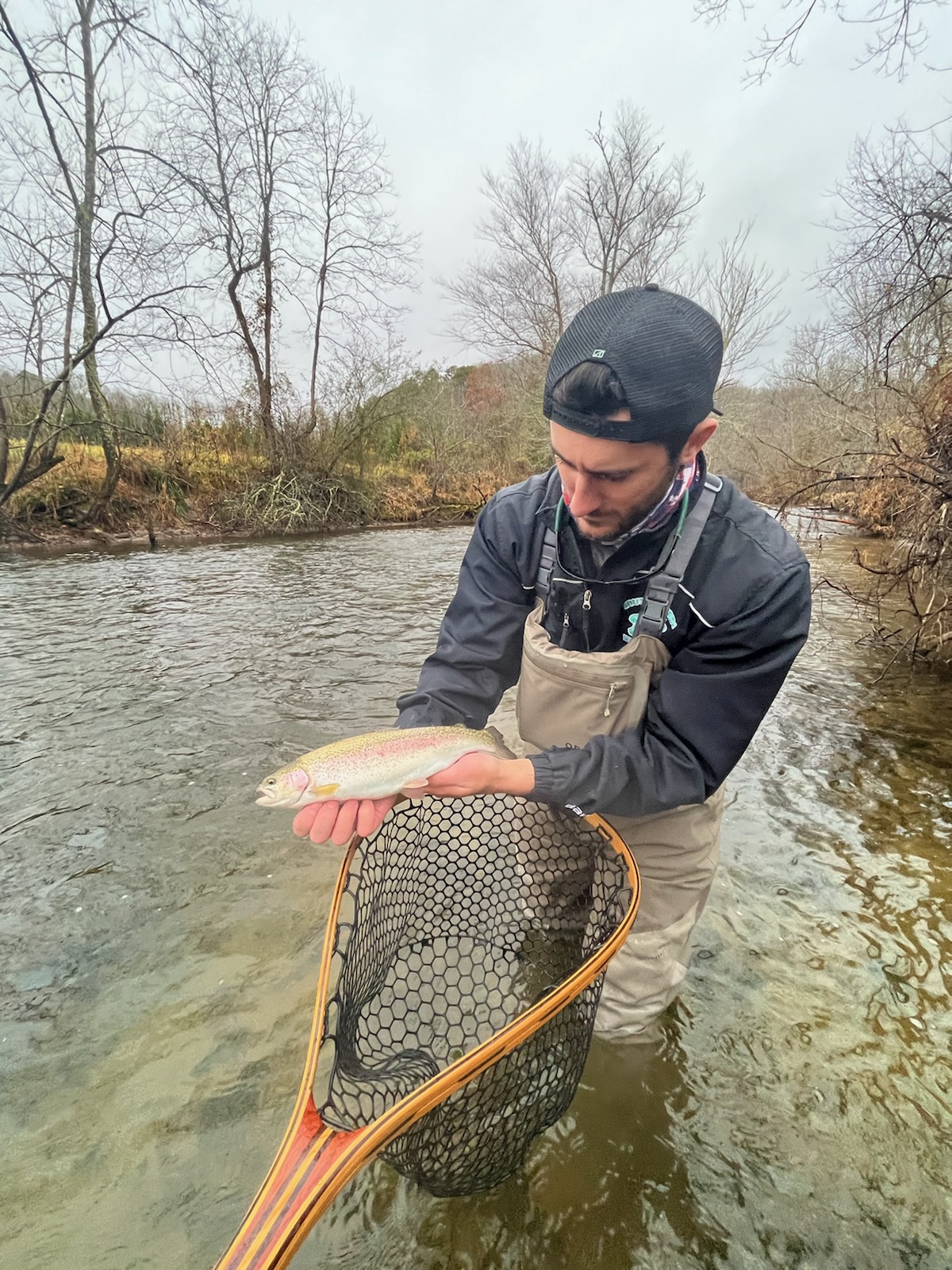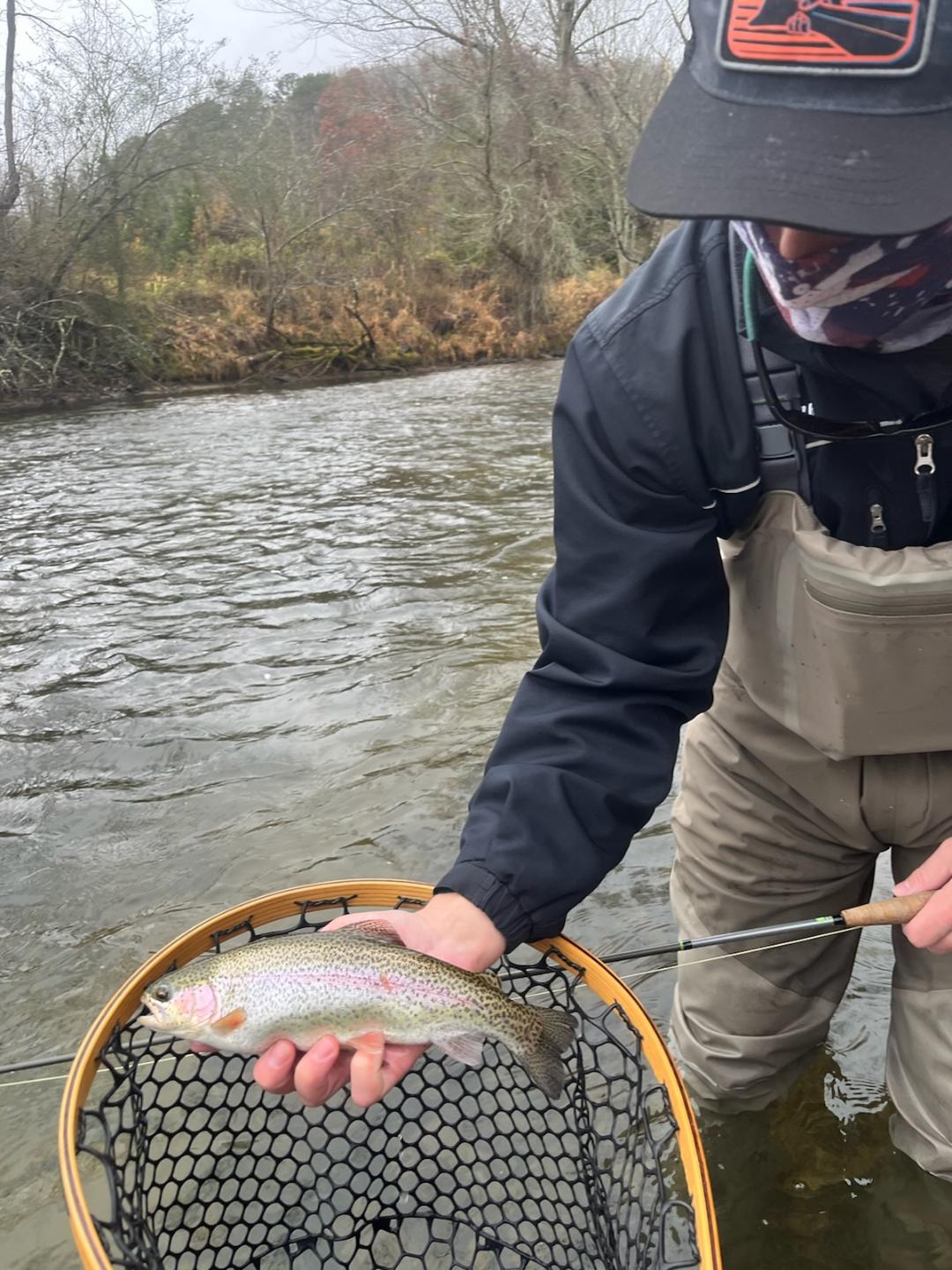You may think that you’re fish handling skills are up to par, but are they? You could be killing fish and not even know it. Read on to learn the do’s and don’ts.
Fish Handling Do’s
- Minimize air time: Remember, fish live in water and don’t breath air, so try to keep them in their natural habitat as much as possible.
- Wet your hands when handling – similar to keeping them in the water, wet hands will help keep their protective slime coat intact and keep them healthy
- Use a rubberized net – if you’re using a net, use one that is rubberized, it’s better for their skin/slime coat
- Support their stomachs and hold them securely if you have to handle them
- Use a de-hooker or good pair of pliers to remove hooks
- Gentle release the fish and revive if possible by moving water over their gills
- Minimize fight time if possible, don’t fight the fish to absolute exhaustion
- Respect the fish, even if you intend to harvest the fish, treat it with respect

Below is an example of reviving a fish. Water is moved over the fish’s gills forcing oxygen back into its lungs.
Fish Handling Don’ts
- Keep the fish out of water for an extended period of time – pictures are fine, but once you remove a fish from the water, the clock is ticking
- Use a towel, gloves or non-rubberized net to handle fish, it can remove their protective slime coat causing them to be prone to infections and die
- Let the fish hit the deck. A fish flopping around on the deck or falling out of your hands onto the deck has a small chance for survival NEVER throw a fish back off a bridge
- Yank deep hooks out of a fish. It’s better to leave a deep hook than to try to yank it out of a fish
- Throw a fish straight back, revival may be necessary
- Shove your hands/fingers into its gills
- “Lip” fish and not support their entire body weight
Other Resources and Conclusion
Don’t just take my word for it, there are other great resources out there which can teach you how to properly handle fish. Bonefish and Tarpon Trust has a great guide for this (while it is specifically for bonefish, it is still worth referencing). Flylords Magazine has a great article that applies to all fish species which I would consider to be the gold standard here. Don’t be afraid to ask questions in your local shop or to your guide. Respect and protect the resource through proper handling techniques to ensure that everyone can enjoy the same fishing and fond memories that you do!
If you enjoyed reading this article, there’s more where that came from! Check out my latest post, “Conservation Organizations that You Should Know” . It’s far from exhaustive and a tad bit vague, but that’s the point, to drive you to do some of your own research on these and other organizations that work to protect our natural resources.
Until next time, tight lines.

This article serves as an eye-opener on the nuances of fish handling. As an angler who deeply respects aquatic life, I find your emphasis on minimizing harm to fish particularly striking. The detailed dos and don’ts provide a comprehensive guide that many of us, regardless of experience, can learn from.
Your point about minimizing air time for the fish resonates with me. I’ve always practiced quick releases, but your article has reinforced the importance of this habit. I’m intrigued by the suggestion to use a rubberized net. It’s something I hadn’t considered before, and I plan to incorporate this into my fishing practice.
The revival technique described is invaluable. It’s a critical step that I believe all anglers should master. Could you perhaps expand on different revival techniques for various fish species? I believe different fish might require slightly varied approaches.
Also, your respect for the fish, even those intended for harvest, is a sentiment I share. It’s crucial to maintain an ethical approach towards fishing, ensuring we preserve these natural resources for future generations.
Thank you for this informative piece. I’m eager to read your post on “Conservation Organizations that You Should Know” and further my understanding of how we can protect our aquatic ecosystems.
Hi Gary, thank you for your kind words. Yes, the slime coat is very important in both saltwater and fresh so a rubberized net, not using gloves or towels is essential. As far as revival goes, I think it is fairly similar for a multitude of species, passing water through their gills. However, in terms of offshore species, there are some species like tuna and amberjack in which you send straight back to the blue, but the bottom fish like groupers and snappers in deep water may need a depth-release tool or to be vented to alleviate barotrauma. Thank you for your support and please don’t hesitate to reach out with any further questions or comments!